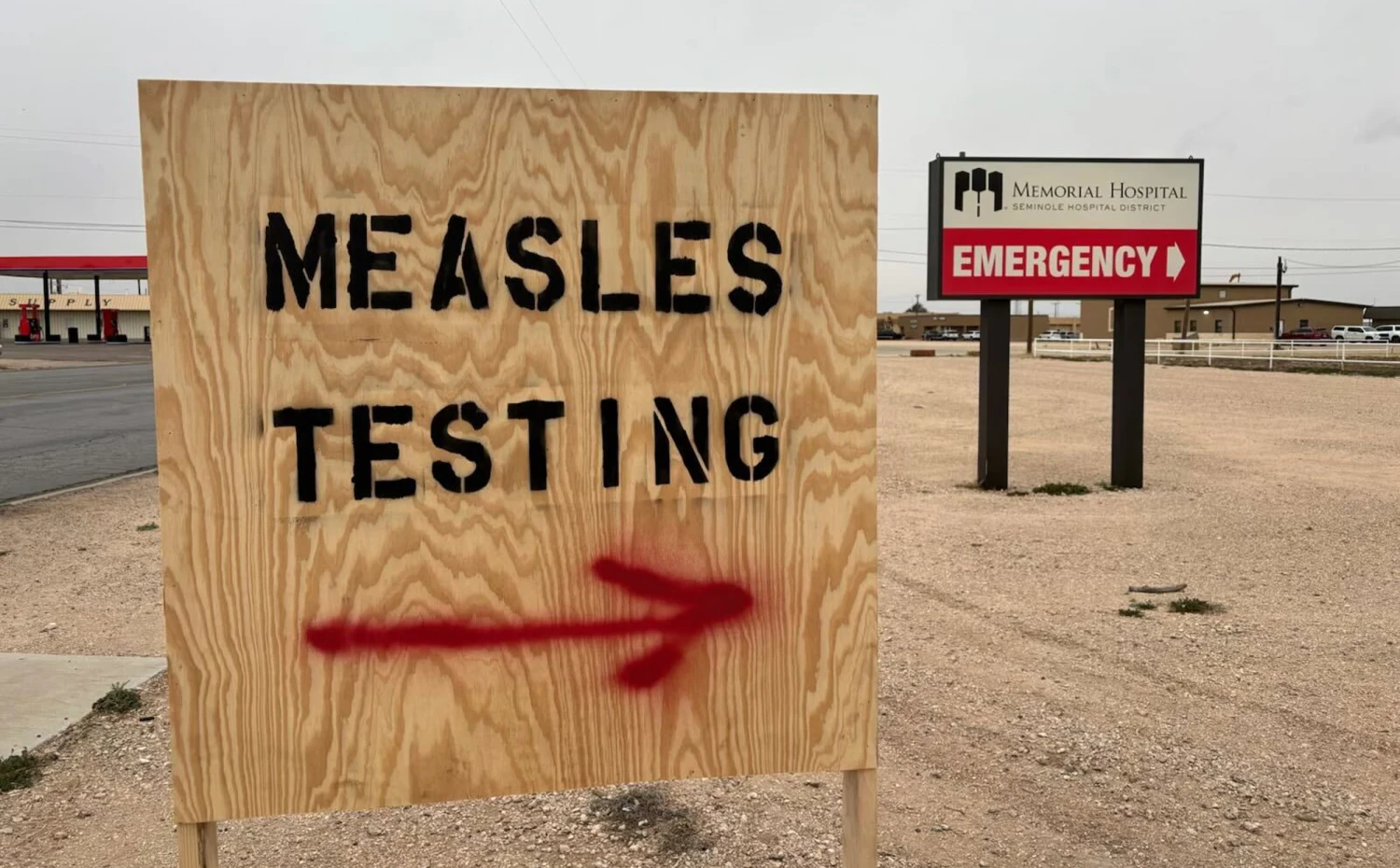- July 22, 2025
Improved testing and revised vaccine messaging among key takeaways from major Texas measles outbreak

First Detection & Scale
-
The outbreak began with a case in Gaines County on Jan 29, reported by Lubbock to county health officials.
-
It grew into the largest measles cluster in the U.S. since elimination in 2000, with 762 cases out of 1,309 nationwide.
Community Context & Spread
-
It centered on a largely unvaccinated Mennonite community in Gaines County, where school exemptions rose from 2% in 2014 to nearly 20% in 2024.
-
Mobility across Mennonite communities helped spread the virus to multiple states and even Mexico.
Public Health Response & Gaps
-
Authorities enhanced case-level reporting and ramped up testing early on.
-
However, private clinics—such as one run by Dr. Ben Edwards—were slow to report, delaying coordination.
Lessons Learned
-
Messaging strategy: Overemphasis on vaccines at first may have alienated some; officials shifted mid-outbreak, incorporating treatment options, supportive care stations (oxygen, Pedialyte), and private drive-through clinics.
-
Community engagement: Bilingual outreach (English + Low German) and working with clergy improved response.
-
Partnership with healthcare: Local hospitals like Seminole Memorial wished for more proactive support and quicker testing from public health counterparts.
Evolving Strategy
-
Public messaging shifted from purely vaccination to harm-reduction tactics—integrating supportive care and vitamin A guidance—after realizing the need for compassion alongside prevention.
In Summary
Texas health officials learned that combining rapid testing, respectful community engagement, supportive treatment options, and adaptive messaging—rather than relying solely on vaccine promotion—is more effective in managing outbreaks, especially in vaccine-hesitant communities.
Let me know if you’d like more details on specific strategies used or how this compares to past outbreaks!

